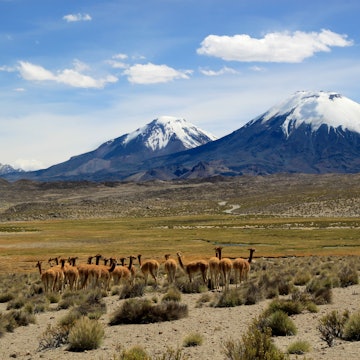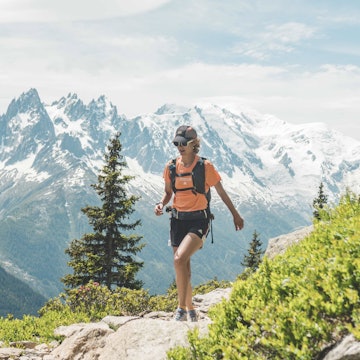
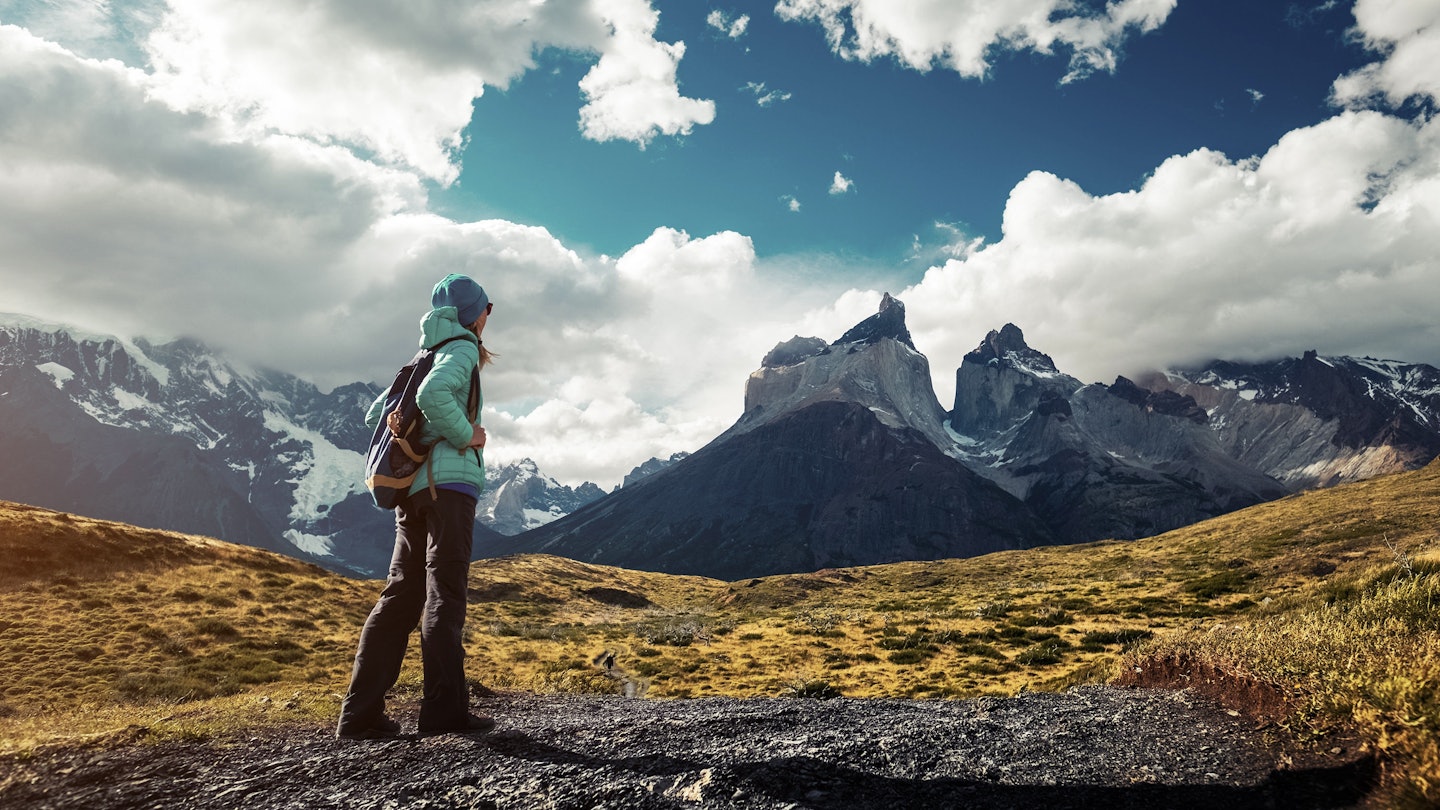
Trekking in Torres del Paine National Park, Chile. Dudarev Mikhail/Shutterstock
Ask 10 experienced hikers to nominate the best treks in the world and they’ll give you 10 different answers.
Some treks get etched into memories because of the scenery. Some routes are epic because of the almost superhuman levels of effort and endurance required to reach the endpoint. For some trekkers, it’s all about the destination, what lies at the end of the trail. For others, it's the journey itself, and the chance to build camaraderie along the way.
The world’s top treks do all have one thing in common: a sense of mission that transforms the simple act of walking into a life-affirming expedition. And when winter weather starts blocking off some of the top routes in the northern hemisphere, it’s the ideal time for a trip south of the equator, where the sun is shining on some of the most awe-inspiring trails on Earth.
We've compiled our list of the world's top treks, from jungle trails to breathless tracks through the mountains of Nepal. All require a sturdy pair of lungs and a fit pair of legs, but the trekking experience is a reward unto itself. Decades after you’ve completed them, you'll still be talking about these hikes.
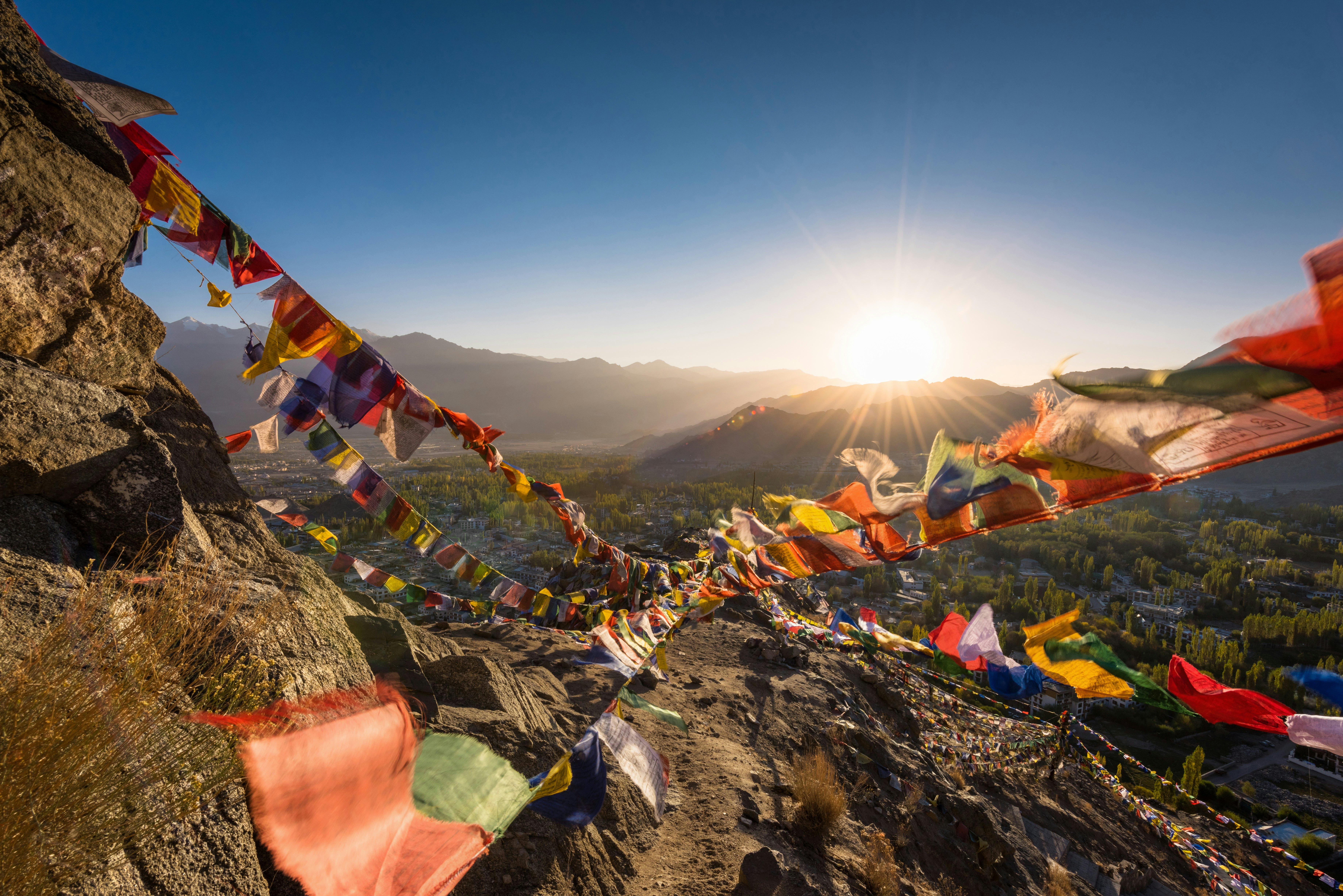
1. Markha Valley trek, Ladakh, India
Best trek for spontaneous hikers
Distance: 80km (50 miles)
Time commitment: 6–7 days
Difficulty: moderate
Trekkers tend to skip the Indian side of the world’s mightiest mountain range – but those that do make it here are rewarded with views to rival anything in Nepal, Tibet or Pakistan. Spectacular treks can be found all over the Indian Himalaya, from the breathless Goecha La trek in Sikkim to pilgrimage treks to remote mountain temples in Uttarakhand and Kashmir. But for our rupee, the best trekking country of all is in lofty Ladakh, as you cross high-altitude deserts in the rain shadow of the high Himalaya.
On the Markha Valley trek, you’ll walk for a week across a wonderfully desolate moonscape, circling south from Leh through the jagged ridges that flank the south bank of the Indus River before emerging near the famous Buddhist gompa (monastery) at Hemis. Best of all, no complex planning is required: you can reach the trailhead by bus from Leh, crossing the river in a dangling basket and stopping at whitewashed teahouses in timeless Buddhist villages along the trail.
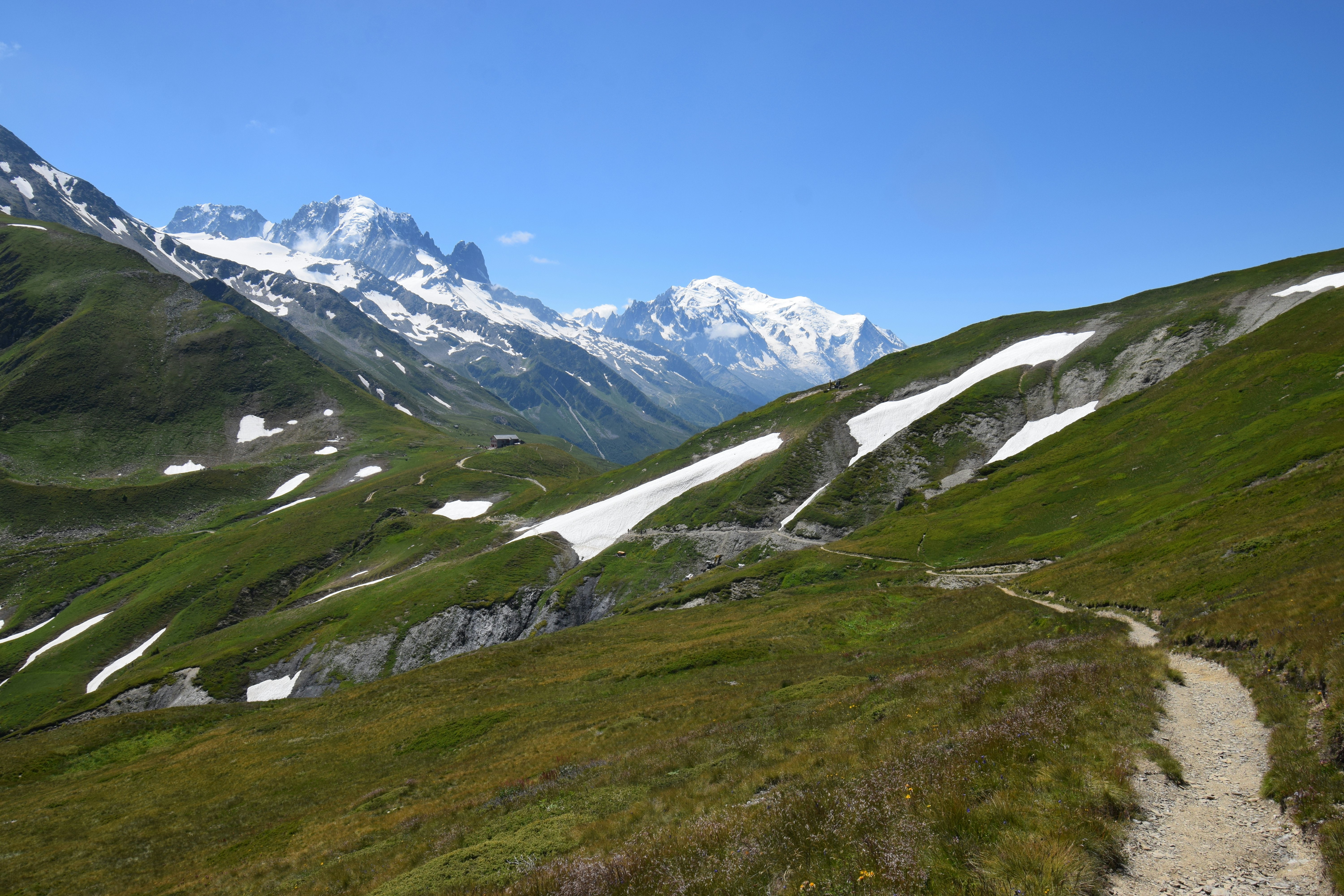
2. The Walkers’ Haute Route, France–Switzerland
Best trek for the summer months
Distance: 200km (125 miles)
Time commitment: 14 days
Difficulty: challenging
Leading from Chamonix in France through the southern Valais to Zermatt in Switzerland, the two-week-long Walkers’ Haute Route trek traverses some of the highest and most eye-popping scenery accessible anywhere in the Alps. Hiking here is a summertime endeavor, tracing a different course to the famous winter Haute Route for ski tourers. Every stage will test your endurance, with “pass hopping” that demands a high level of fitness on many sections of the walk.
So why put your body through all this exertion? The mountain views, obviously. Some days you’ll pass through yodel-worthy Alpine meadows; others, you’ll struggle over glacier-carved outcrops guarded by mountain giants. And since the route lies in northern Europe, the infrastructure along the way is excellent, with hotels, gîtes d’étape (rest shelters), auberges (inns) and mountain refuges dotted all along the route. You’ll appreciate a warm bed and a hot meal as you tackle over 14,000m (46,000ft) of elevation gain in total.
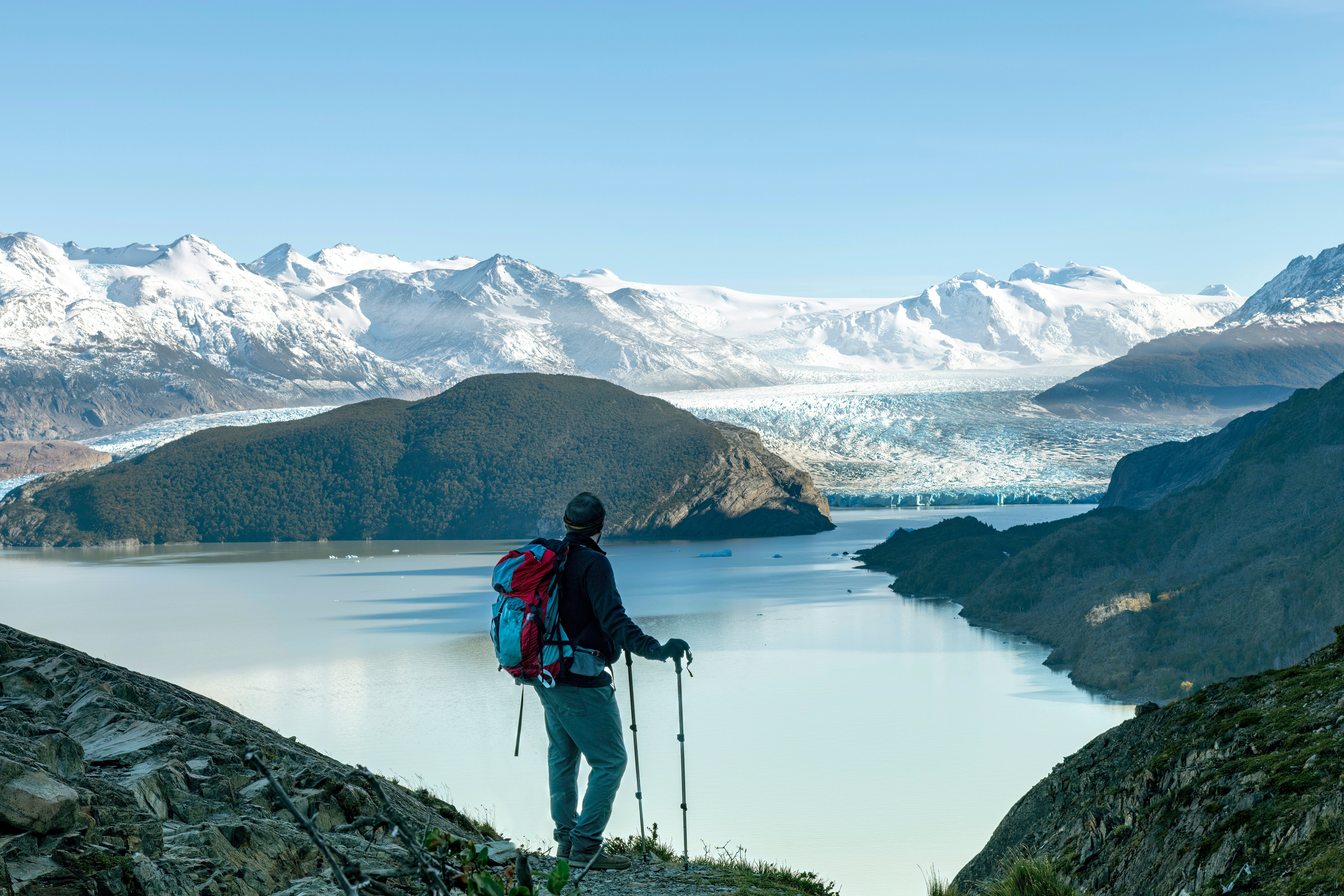
3. Torres del Paine O Trek, Patagonia, Chile
Best trek for photographers
Distance: 136km (85 miles)
Time commitment: 9 days
Difficulty: challenging
Many visitors to Chile’s Torres del Paine National Park draw up short when they see the scale of the terrain here, and opt for the shorter “W Trek.” But to soak up the sheer variety of landscapes in this magnificent wilderness reserve, we recommend following the full nine-day “O Trek” circuit. As you follow the trail from Las Torres, you’ll pass some of the world’s most photogenic vistas: crystal-clear rivers, sculpted mountains, open grasslands, old-growth forests, deep and silent lakes, and the icy tongue of Grey Glacier.
That’s a lot of variety per trekking mile – but you need to plan ahead as camping sites and refugios are in heavy demand. Make bookings with the companies operating the lodges and camping areas months in advance if you hope to secure a slot during the busy November-to-March trekking season.
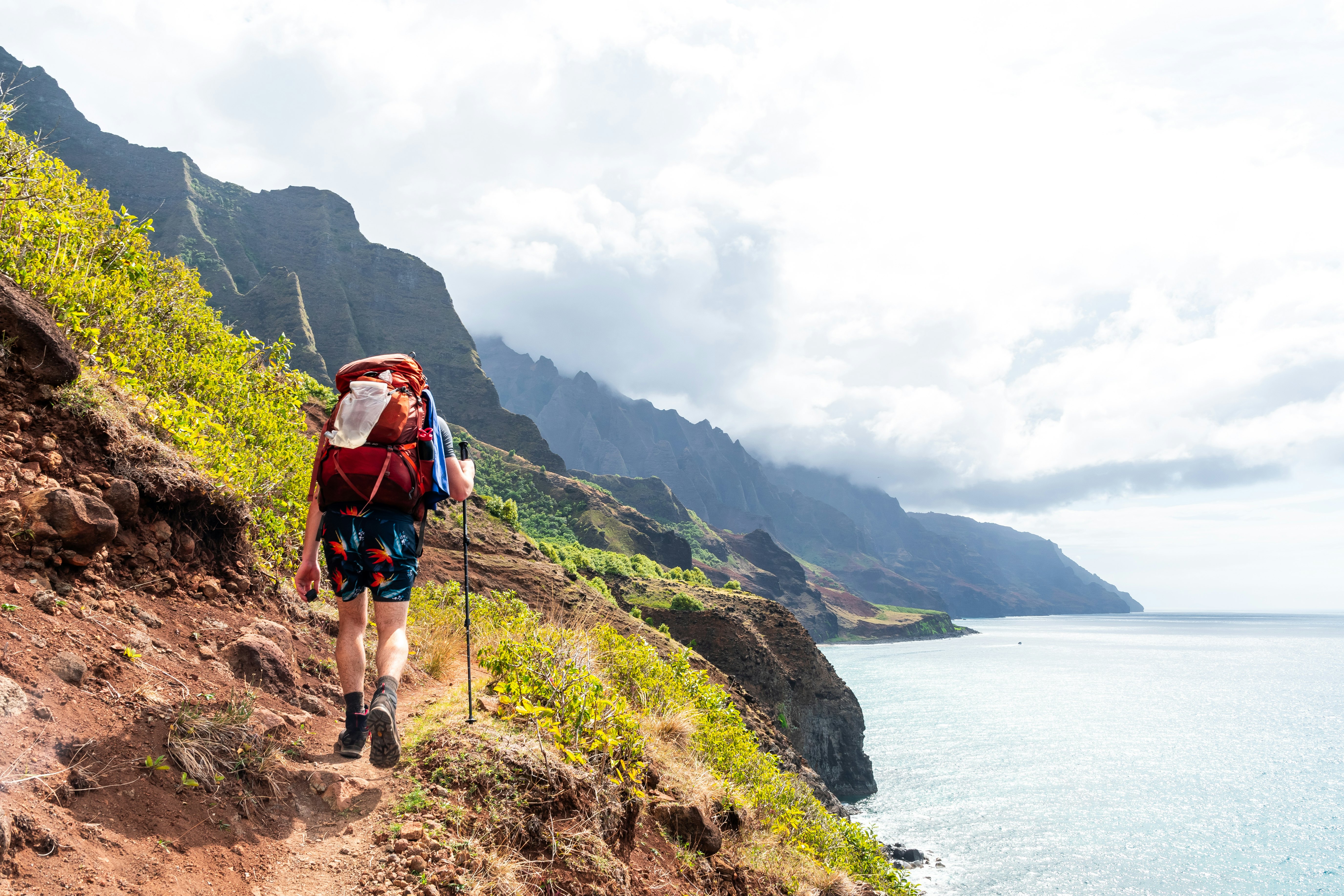
4. Kalalau trail, Hawai‘i
Best coastal trek
Distance: 18km (11 miles) each way
Time commitment: 2 days
Difficulty: moderate
When asked to pick the best treks in the US, most name hikes along the rim of the Grand Canyon, or the mobbed trails that climb to the summits of El Capitan and Half Dome in Yosemite National Park. We can hardly object – but we prefer to choose something a bit farther afield. Linking Keʻe Beach and the Kalalau Valley on the north shore of Kauaʻi, the beautiful Kalalau trail follows a towering cliff wall dripping with tropical foliage to reach an overnight stop at a splendidly remote Hawaiian beach.
The route along the Nā Pali Coast starts out easy, but gets progressively more challenging on steep dirt paths. The reward comes in the form of elemental views over primordial valleys, thundering waterfalls, secluded beaches and the churning waters of the Pacific Ocean. The scene is positively cinematic (indeed, you might recognize it from Jurassic Park, which was filmed here) – but don’t get too distracted. Hike with caution and care, as people have fallen from the track or been washed away by sudden flash floods.

5. Inca Trail, Peru
Best hike for modern-day explorers
Distance: 33km (20 miles) round trip
Time commitment: 4–5 days
Difficulty: moderate
The 33km (20-mile) trail to the 15th-century Inca citadel of Machu Picchu was used for centuries before explorer Hiram Bingham “discovered“ the route in 1911, bringing it worldwide fame. Today, the secret is definitely out – and with the surge in visitors in recent years, authorities have implemented certain rules and restrictions. Be sure to book at least six months in advance for one of the 500 permits available each day. That figure includes support staff (porters, guides, etc.), so just 200 lucky tourist trekkers are issued one.
Permit secured, excitement awaits. For the trek to Peru’s most famous ruin has giddying views of high cloud forests and Machu Picchu waiting ahead like a beacon. The trail climbs to 2430m (7972ft) from the Sacred Valley, winding its way up, down and around mountains, and crossing three high passes en route.
For those just visiting the “lost city” for the day, authorities have introduced three new circuits, each with sub-routes, around the site.

6. Routeburn Track, New Zealand
Best trek for fans of big landscapes
Distance: 32km (20 miles)
Time commitment: 3–4 days
Difficulty: moderate
New Zealand’s South Island is as alpine as you can get without actually being in the Alps, and the three-day Routeburn Track is one of the best ways to cross this natural wonderland. This is a trail for fans of big vistas and open skies, and follows glacier-carved fjords, truncated valleys and rugged ridges through the plunging landscapes of two stunning national parks: Fiordland and Mt Aspiring.
The preferred route runs from the Routeburn Shelter (north of Queenstown) to Milford Road, with overnight stops in spectacularly sited campgrounds. Highlights include the views from Harris Saddle and Conical Hill, and chilly dips in spring-fed mountain tarns. The main challenge for this popular hike is securing a place among the limited numbers who are allowed at any one time; make bookings well ahead through the NZ Department of Conservation’s Great Walks booking site.
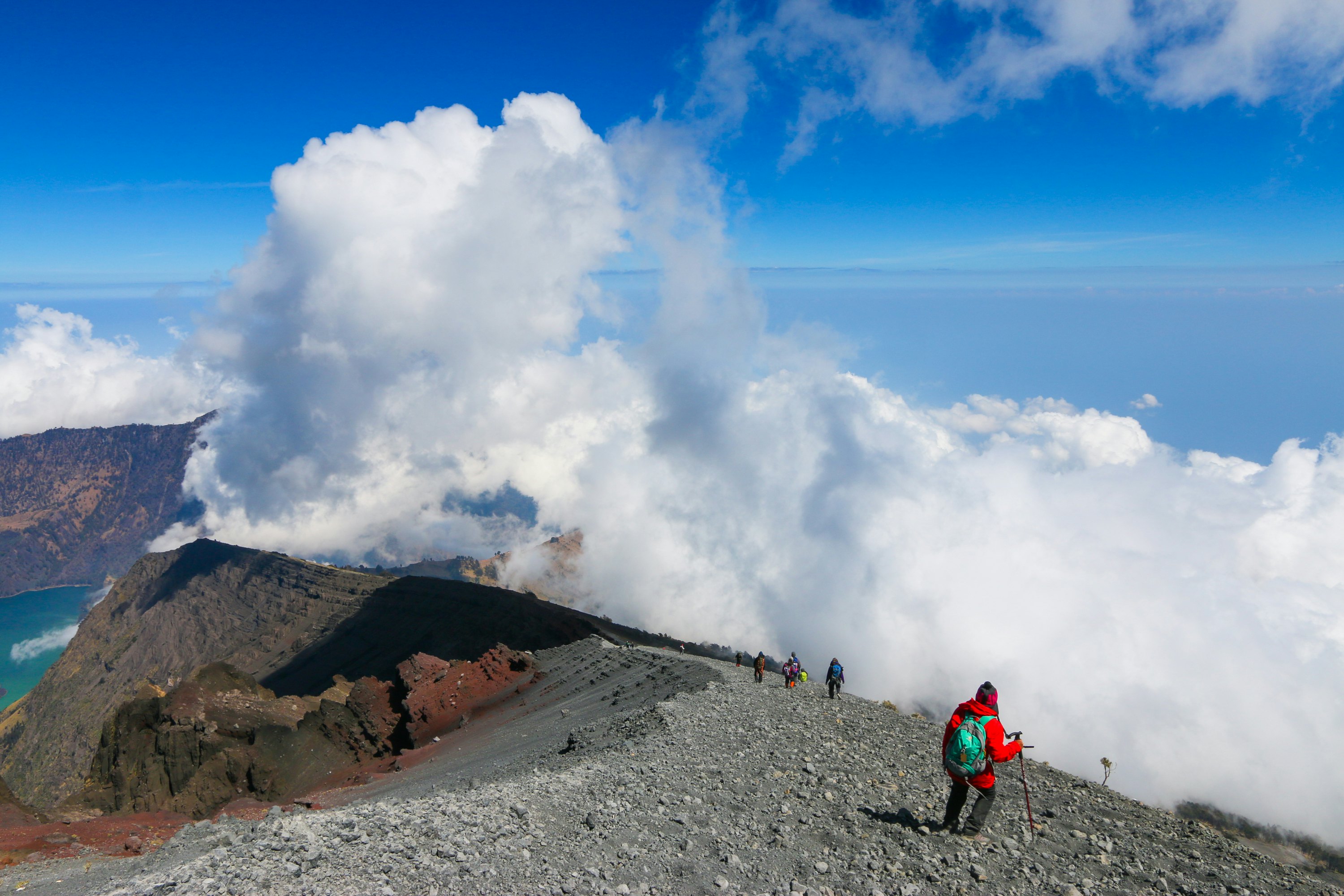
7. Gunung Rinjani, Indonesia
Best trek for early risers
Distance: 24km (15 miles)
Time commitment: 2 days
Difficulty: moderate
Since this list would be incomplete without a hike up a mighty Southeast Asian volcano, consider Indonesia’s Gunung Rinjani. While Lombok’s blissful beaches simmer at sea level, the island climbs to a breathless height of 3726m (12,224ft) at the summit of this enormous lake-capped volcano, which still periodically rumbles into life, most recently in 2016.
Trekking to the summit of Gunung Rinjani is up there with hiking the Himalaya as one of Asia’s most exciting adventures. To make the best of the views, the final push to the top starts in the dark, in order to gain the crater rim as first light pushes back the gloom. The daily spectacle reveals the crater lake and its sinister cinder cones like a lost valley of the dinosaurs.

8. Kilimanjaro, Tanzania
Best trek for snow in the tropics
Distance: 37–90km (23–56 miles)
Time commitment: 5–9 days
Difficulty: moderate
Sure, it’s the favorite trek of fundraisers everywhere, and an almost obligatory trip for visitors to East Africa. But the week-long ascent of Africa’s highest mountain is still an epic undertaking. Indeed, from the moment you first spy its misty prominence rising above the dusty plains, Kilimanjaro simply calls out to be climbed.
While lions and elephants mill around at its base, the summit is snow-capped and desolate, and lofty enough, at 5895m (19,340ft), to bring a risk of altitude sickness.
There are seven recognized routes to the top, and trekkers can complete the ascent in anything from five to nine days, with a longer approach recommended to reduce the risk of AMS. The final stage usually starts before dawn, reaching the summit as the first light of morning unfolds across a vast sweep of African savanna. In practice, nearly two-thirds of trekkers opt for the Marangu (six days) or Machame (seven days) routes up the south side of the mountain.

9. GR20, Corsica, France
Best trek for people who love challenges
Distance: 168km (104 miles) round trip
Time commitment: 15 days
Difficulty: challenging
This character-building slog through Corsica is legendary for the diversity of landscapes it traverses, and for the level of grit it requires for anyone who braves its rugged trails. Expect to cross forests, granite moonscapes, windswept craters, glacial lakes, torrents, peat bogs, maquis, snow-capped peaks, plains and névés (stretches of ice formed from snow). All this tough terrain weeds out all but the most dedicated hikers.
Created in 1972, the GR20 links the town of Calenzana, in the Balagne, with Conca, north of Porto Vecchio – but the thrills don’t come easy. The path is rocky, uneven and frequently steep, with crossings over rickety bridges and exposed scrambles over slippery rock faces and loose, skittering scree – all part of the fun! You’ll be drawing water from springs and sleeping in rustic mountain refuges – and two weeks later, you’ll be able to tell the world you conquered Europe’s toughest trail.
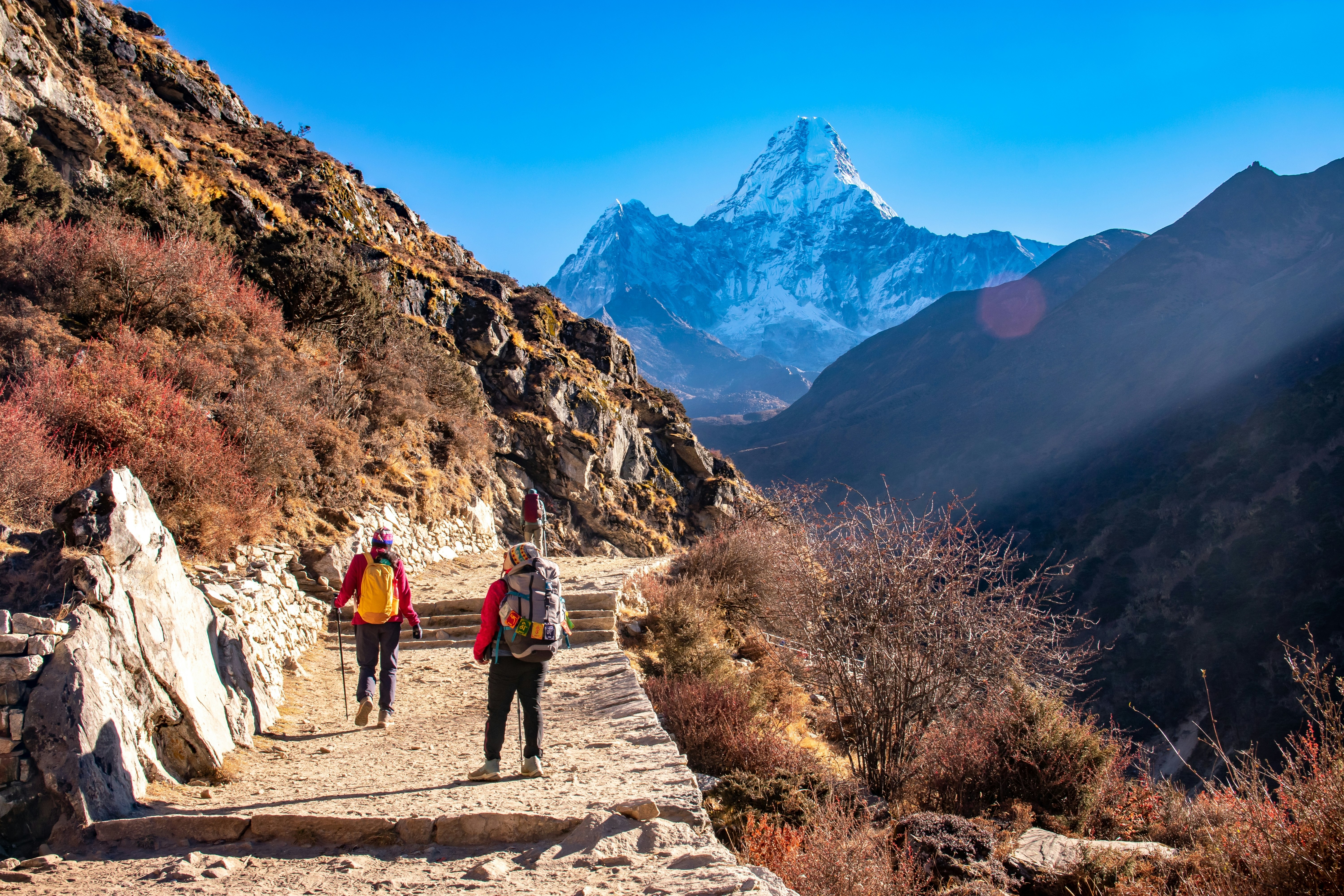
10. Everest Base Camp, Nepal
Best trek for would-be mountaineers
Distance: 130km (80 miles) round trip
Time commitment: 2 weeks
Level: moderate
Climbing to 5545m (18,193ft) at its highest point, the two-week trek to Everest Base Camp is Nepal’s best-loved, with 8849m (29,032ft) Sagarmatha (Mt Everest) rising in the distance like a petrified giant. Tracing winding river valleys and the creaking mass of the Khumbu Glacier, this mighty mission visits mountain monasteries, soaring lookouts and precariously balanced Sherpa villages, with grueling days of altitude gain that will test your muscles and endurance to the limit.
It’s not all hard work, though, for the trekking infrastructure is unparalleled. Permits can be bought easily; porters and guides wait on arrival at Lukla’s tiny mountain airstrip; cozy teahouses provide warm beds and nourishing plates of dal bhat (lentils and rice) along the entire route; and side trails open up a mountain playground of summit ascents and high pass crossings for a taste of real mountaineering. Sure, the trails are mobbed in season, but the sense of camaraderie among the trekkers is hard to beat.
As always, the golden rule is: respect the altitude. Acute mountain sickness is a risk if you rush, so take it slow and steady and pause for the recommended rest days to let your body adjust to the elevation.
Top tips for trekkers
Before you load up your backpack with trekking socks and Kendal Mint Cake, give some thought to the infrastructure on the route you plan to conquer. Some treks require total self-sufficiency, sleeping under canvas and purifying water as you go; other routes have refuges or rustic teahouses every step of the way. Here are some of the key considerations:
Travel light: Every extra ounce will weigh you down on the trails; if it isn’t essential, leave it behind.
Respect your feet: While boots offer more support, all-terrain sneakers are lighter and dry more quickly after a soaking.
Protect your knees: Trekking poles can help control the knee-crushing descents that are a feature of pretty much every trek.
Climb slowly: Acute mountain sickness (AMS) can kill, so ascend slowly and take rest days to acclimatize on any trek above 2500m (8202ft) in elevation.
Check the weather: When treks go wrong, it’s normally because of the weather, so check the forecasts; if conditions look bad, stop somewhere safe and sit it out, rather than pushing on over the next pass.
Be prepared: Don’t launch straight from the sofa to the summit. Lead up to the big event with gentler walks, hikes and runs to get your body used to the exertion.
Plan ahead: Many trekking routes require a permit and advance booking for lodges and campsites; for some routes, you need to book months ahead.







